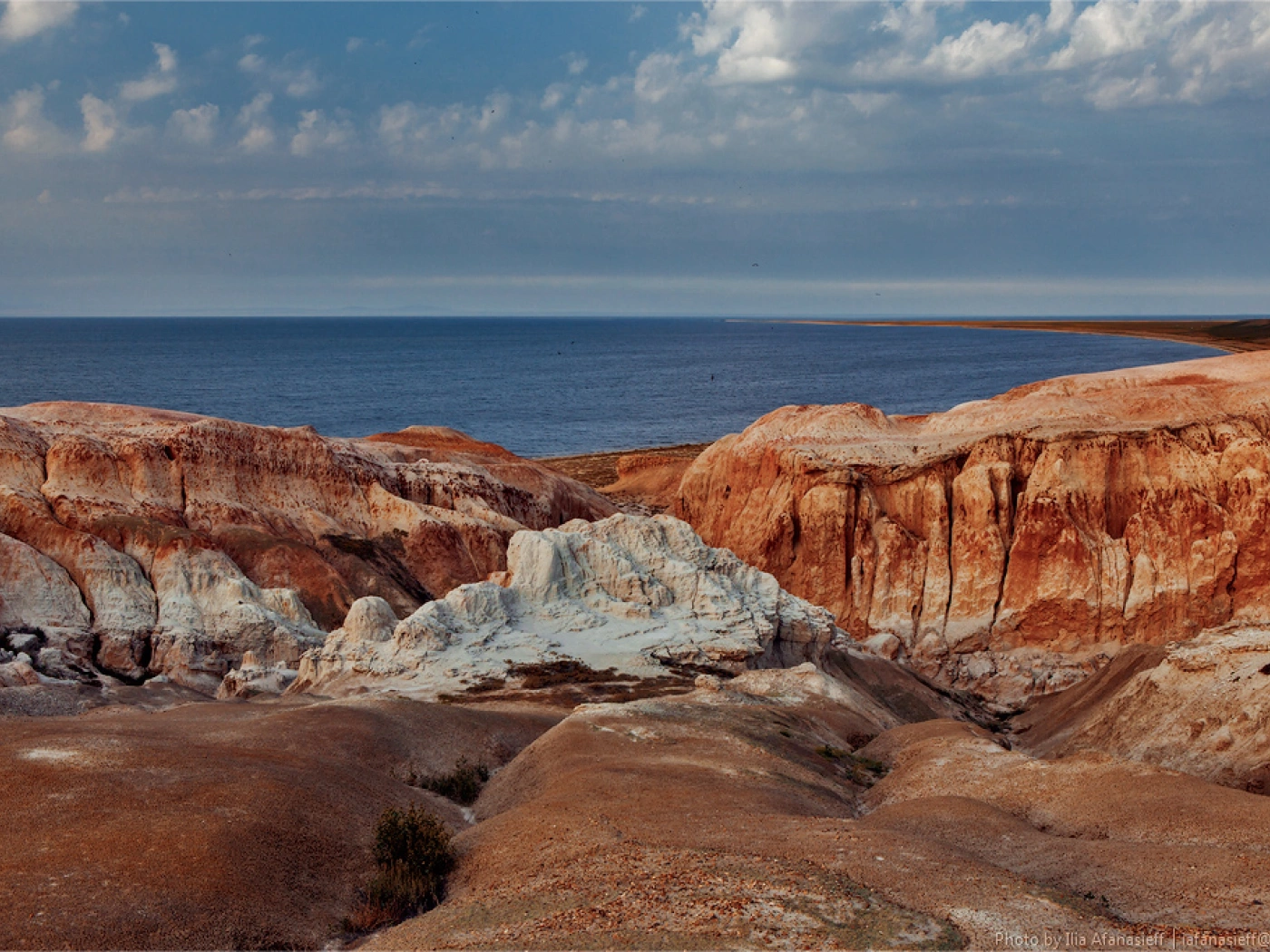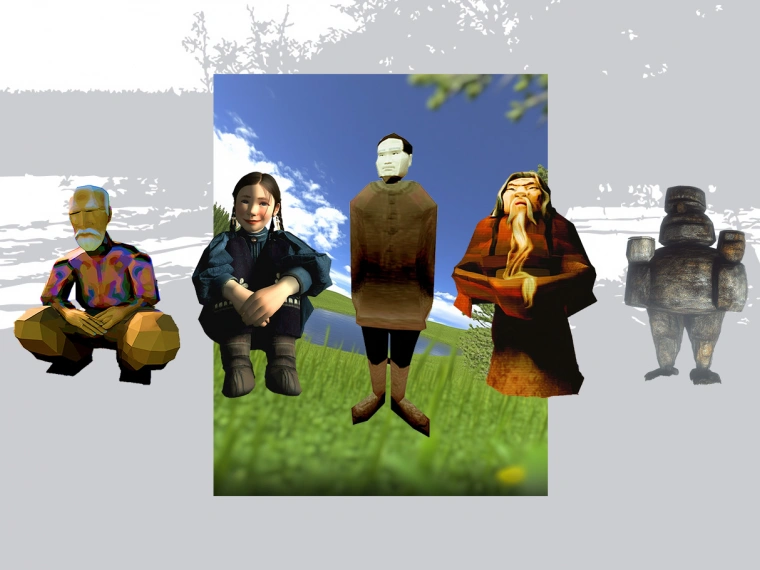
Did Kazakhstan's Lake Zaysan Outlive the Dinosaurs?
Lake Zaysan is located in eastern Kazakhstan between the Altai and Tarbagatay mountain ranges. The lake is believed to be «one of the oldest bodies of water on the planet», as highlighted by the Association of the Lake Regions. Because Lake Zaysan is so old, it is challenging to determine its exact age. Some scientists are convinced that the reservoir was formed approximately 70 million years ago.
In Vertebrate Coprolites: Bulletin 57, Hunt et. Al writes that the Zaysan Basin formed as a result of a collision during the Late Cretaceous period, making Lake Zaysan «one of the largest freshwater lakes of Central Asia». As such, the ancient body of water is a tectonic lake — a lake formed by the deformation and later movements of the Earth’s crust. Lake Baikal is a well-known example of a monumental lake that is a product of a tectonic depression.
Lake Zaysan stretches as long as 1,810 km² at an elevation of 420m above sea level. It is also the source of the Irtysh River, which is the longest tributary river in the world. A tributary is a freshwater stream that feeds into a larger stream or river but does not flow directly into the ocean. The large body of water is home to over twenty fish species.
In his paper, Benjamin E. Dorfman suggests that «Lake Zaysan — the only Cretaceous live lake — is in the final phase of existence». According to Dorfman, human activities in the last century are damaging the lake’s ecosystem, thereby promoting its extinction. Specifically, Dorfman points out that Lake Zaysan has been experiencing increased sedimentation and decreased water inflow. Excessive sedimentation does not only decrease the lake’s depth, but it also harms its fauna.





